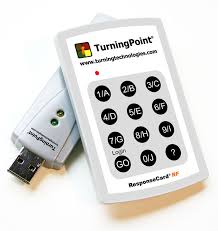I am often asked what I do besides record lectures, and we do a lot of that at CAHS but my degree is in Instructional Technology and I recently came across this article which might describe more clearly what I can do.
“Instructional Designers support faculty throughout the development of their online course. Their goal is to make online course development easier for faculty as well as to assist in making knowledge acquisition more efficient, effective, and appealing for students. Below are 15 ways … Instructional Designers can assist faculty.
- Help faculty identify what they want students to do/know at the end of the course (course and unit level objectives)
- Provide tutorials and tips on using Blackboard to teach online
- Provide a second pair of eyes to identify potential issues
- Provide a sounding board for ways to improve courses
- Provide a student perspective
- Identify ways to encourage collaboration and build community
- Consult on course structure and organization
- Promote academic integrity by providing solutions through pedagogy, technology, and community building
- Share examples of instructional strategiesused in other courses and programs
- Help define criteria for graded work
- Help ensure course accessibility
- Serve as a liaison for video and other media development
- Identify technology to support learning objectives
- Provide expertise on integrating innovative tools for learning
- Help keep course development on track.” (from https://teachonline.asu.edu/2015/07/15-ways-instructional-designers-can-assist-faculty/
With just over 3 weeks until Fall Semester begins why not see what can be done? But do take some time, shut down the computer, turn off the phone and read a book, explore new places, reboot!



